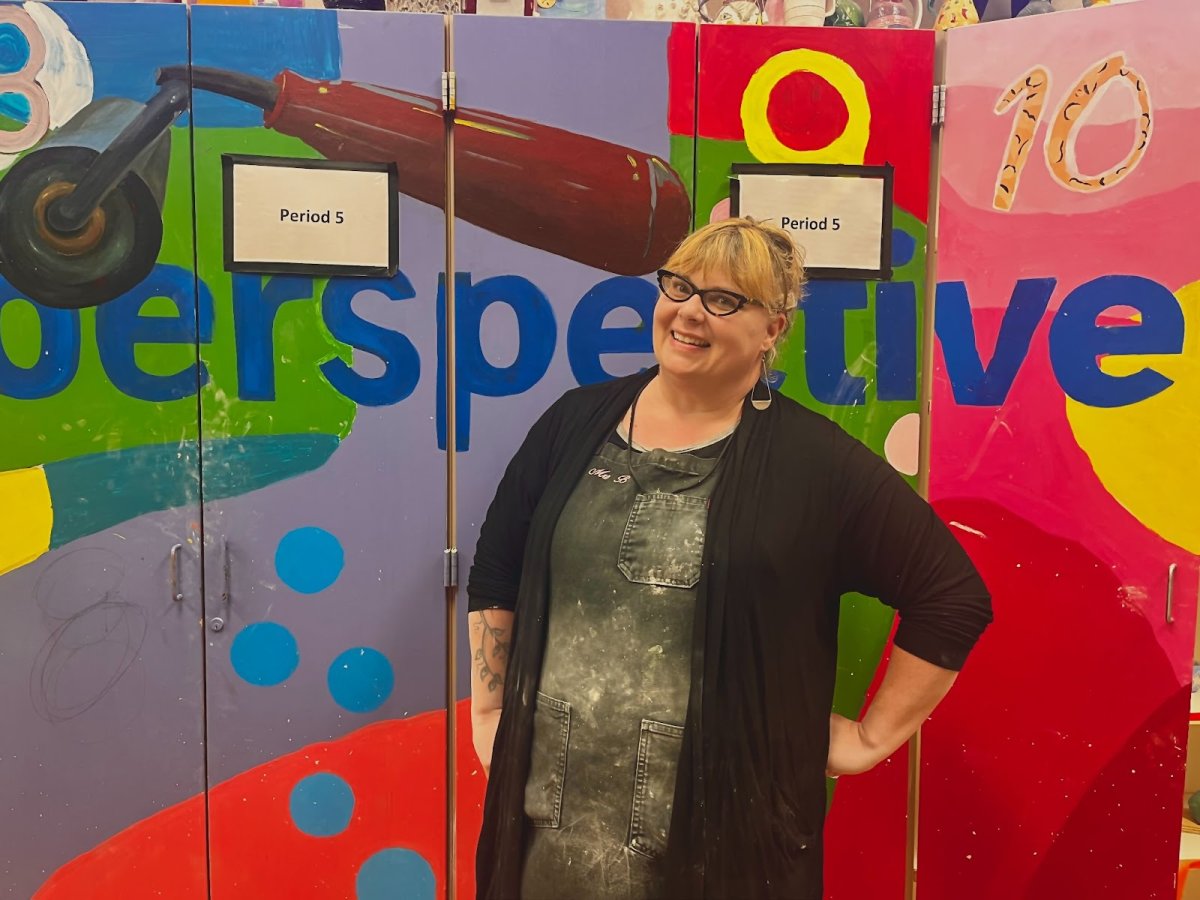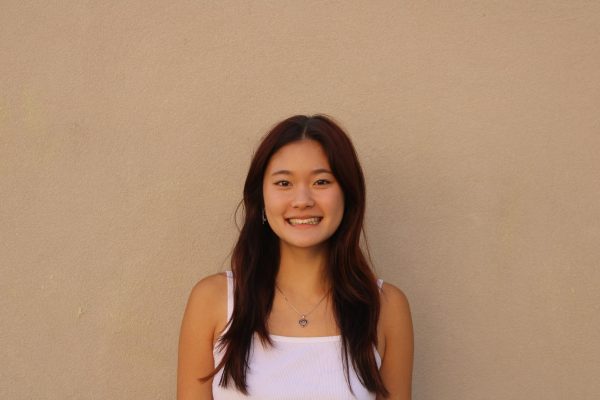Ashley Trinh, a Monte Vista graduate, has over one million followers on TikTok, and she posts a wide variety of content, including dancing, acting, and comedy videos. She first started posting on social media when she was eight years old and grew up having a large platform.
Being in the spotlight, Trinh has especially been exposed to an endless amount of unrealistic expectations and beauty standards that content consumers feel like they must achieve in order to be considered beautiful by society.
“Social media made me critical of things about myself that I would have never focused on before, like the size/shape of my nose, the size of my forehead, hip dips, the size of my arms, etc.,” Trinh said.
About 20 years ago, the beauty standard for women was to be skinny and have a flat stomach. Since then, the standard has evolved to become more obscure; a woman should have an hourglass figure, a thigh gap, a large chest and large bottom, etc. The list continues indefinitely and is ever changing.
Kids of younger and younger ages get access to social media and start comparing themselves to the content creators that they see and try to emulate them. Now, if you walk into a sixth grade classroom, you could mistake half of the students for high schoolers.
According to Polaris Teen Center, “69% of females (age 10-18) state that photographs of models and celebrities in the media motivated their ‘ideal’ body shape.”
This is due in part to the fact that adolescents often follow fashion and beauty trends presented by adults on social media. Influencer culture has played a large role in pressuring teens to fit in.
“I feel like a lot of people think that you have to follow cookie-cutter trends and be the same as everyone else [in order to gain relevancy],” Trinh said. “As trends change, I see a lot of people around me change [to follow]. ”
Recent trends often promote the beauty standard. For example, corsets, Lululemon’s define jacket, and the tight-fit shirt and baggy pants combo have gained popularity because they help to accentuate or create the illusion of an hourglass figure.
In addition, unrealistic beauty standards are promoted when influencers hide behind face-altering filters and a lot of makeup. Angles, lighting, and posing can also significantly change one’s appearance.
“The unfortunate reality of social media is that a lot of people don’t represent themselves naturally,” Trinh said. “[They] put out content that [promotes] unrealistic and unattainable standards which creates a sense of insecurity for a lot of people who compare themselves to what they see.”
When teens believe that they fail to meet the standards, there can be detrimental effects. For example, many end up developing body dysmorphia, which can lead to unhealthy eating habits. 89% of girls have dieted by age 17, according to Polaris Teen Center.
More and more teens are now turning to plastic surgery as well. According to American Society of Plastic Surgeons (ASPS) statistics, 64, 470 cosmetic surgeries were performed on people aged 13-19 in 2015. These numbers increased to 230,000 in 2020 (for the same age group).
Due in part to social media, the number of teens who diet or get plastic surgery is continuing to rise. These are just a few negative effects of social media that are instilling concern in many parents, including Trinh’s parents.
“At first, my parents were kind of nervous that I’d end up creating a misconception of my life and reality,” Trinh said. “So they said to stay true to myself.”
Despite these concerns, Trinh’s parents have always supported her through her journey on social media. She follows their advice and manages to successfully stay true to herself, both offline and online.
Trinh stresses the importance of building an immunity to unattainable trends and negative feedback online. She has worked to achieve authenticity and encourages others to do the same.
“As I’ve been on social media for so long, I’ve learned to not care about what other people think and just be myself,” Trinh said. “The only opinion that matters to me is my own.”








